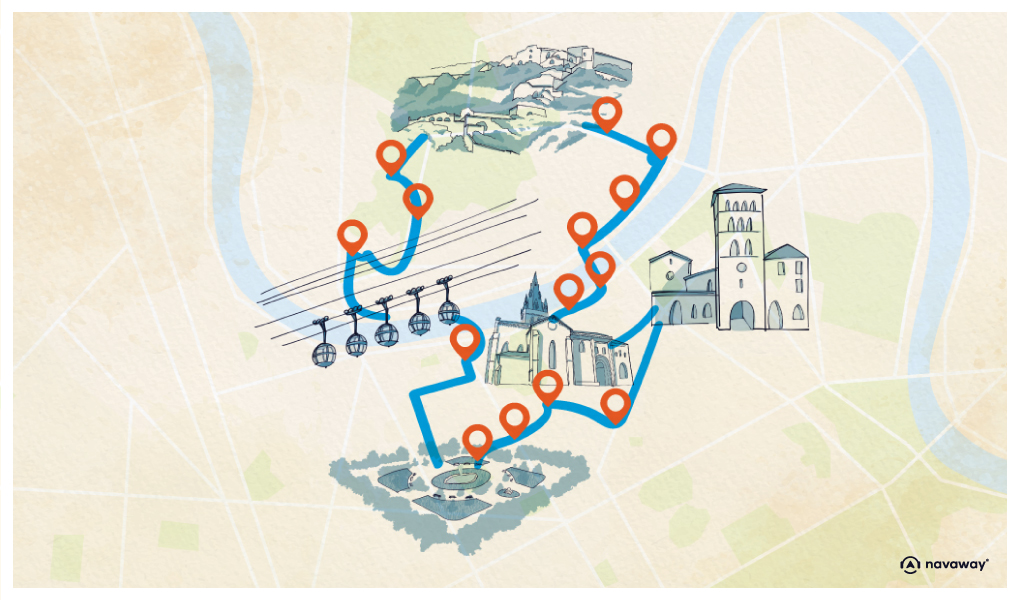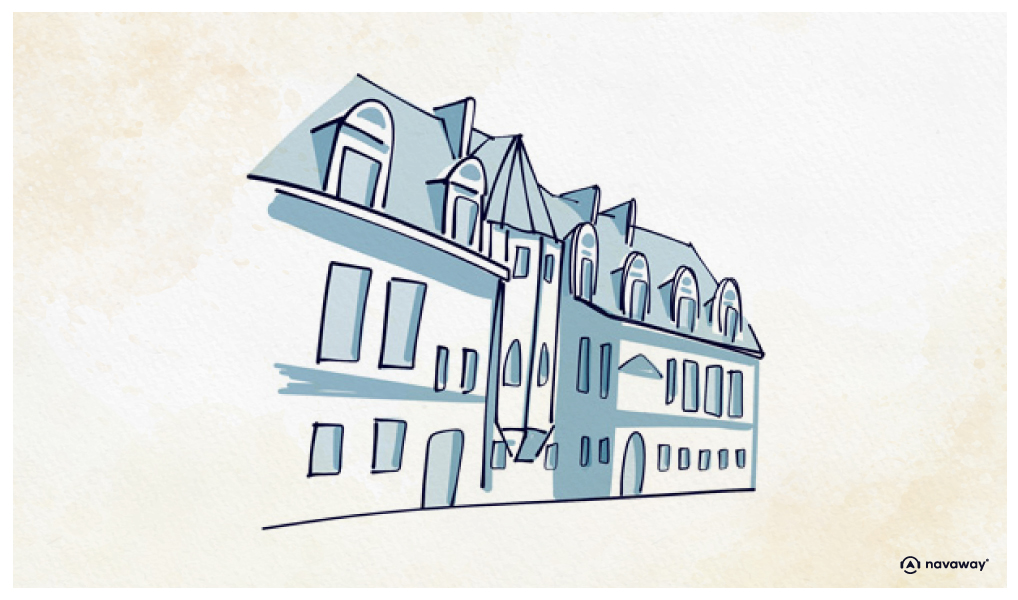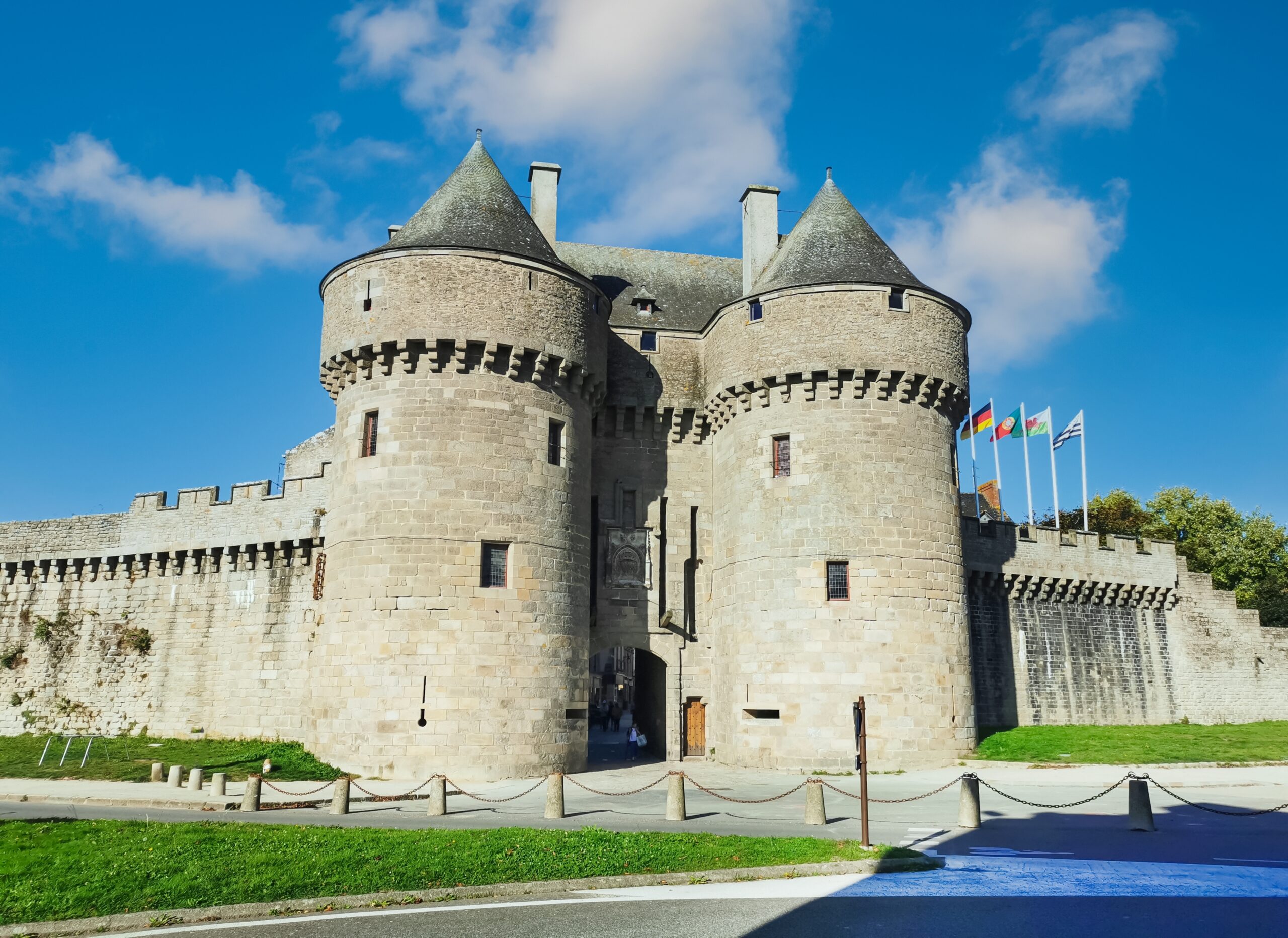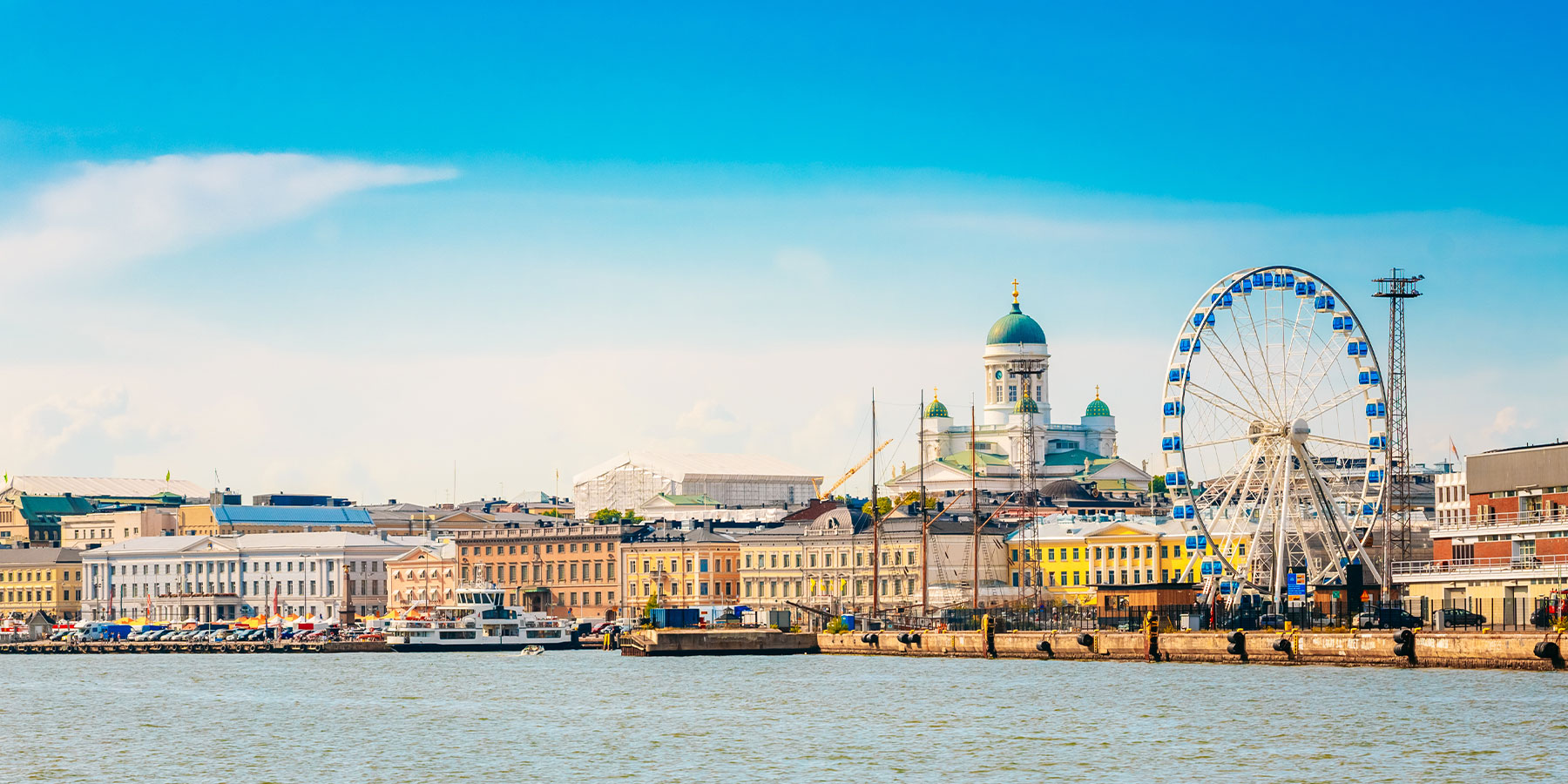
The Parliament

This point of interest is available as audio on the tour: Visit Grenoble, The Capital of the Alps
You are now on the Saint-André square, facing the beautiful flamboyant Gothic façade of the Palais du Parlement. The Parliament is a listed building, the oldest part of which dates back to the 15th century. It was the seat of the Parliament of the Dauphiné until the French Revolution. In the 16th century, it was divided into three parts. To the east, was the “Chambre des comptes”, the Court of Audit, a financial control institution which has now disappeared. In the centre, the Parliament; and to the west, the prison, which has also disappeared. The building also used to be crossed by a busy public passage. The old Parliament was the highest court in the Dauphiné. There were 70 magistrates, 10 presidents of audiences, 55 councillors, a public prosecutor, 3 general lawyers and 2 knights of honour. That’s a lot of people! In the 16th century, Louis XIII dissolved the Court of Audit of the Dauphiné area and sought to impose monarchy and the concept of “no land without a lord”. Thus, the Dauphiné Parliament resisted and managed to maintain something called the “franc-alleu”. The exact opposite of what the King wanted as it allowed land to be without a lord, meaning the Dauphiné owed nothing to anyone. In essence, the Parliament received laws from the King and worked on their implementation, but it could also refuse them thanks to a book of complaints called remonstrance book. The reason I’m telling you all this is because the Dauphiné Parliament played an important role in the French Revolution during la journée des Tuiles “the Tiles Day “. Indeed, this uprising held in Grenoble is considered the prelude to the Revolution. Allow me to simplify and quickly summarize this pivotal day for you. Louis XVI attempted an amendment aiming to revoke the powers of the parliaments and add new taxes. This wound up being a really bad idea. As a matter of fact, the Parliament of Paris rebeled immediately, followed by those in the provinces. The, initially compliant, Parliamentarians were ordered into exile on June 7, 1788 and packed their bags, ready to leave. They hadn’t counted on the solidarity of the inhabitants!
Groups of hundreds of people gather, tear up the streets, arm themselves with sticks, axes, and bars, and set out to defend the city gates. Women seize the bells and call for help. Peasants from the surrounding areas come running in massive numbers. The king’s soldiers were pelted with tiles, hence the name of the riot, which represents the first serious uprising against royal authority. Watching all this from his balcony was a 5 year old. It was, of course, the young writer Stendhal who would later recount this vivid memory in his novel: “The Life of Henry Brulard”. The provinces of the country would soon be divided into counties, called “départements” and parliaments would be replaced everywhere by courts, which would remain in the palace until 2002. Today, the building houses Isère Tourisme and the departmental services for culture and heritage. But now we all know it’s much more than that!


Discover Grenoble with app
An interactive guide through the most beautiful streets, squares, and districts
19 fun audioguides full of historical facts, anecdotes, and legends





Comments